- Over the past decade, medical cannabis has gained worldwide momentum, and patients who had never used cannabis before are now resorting to the benefits of this ancient plant as a means of addressing their health problems.
- Among them, this grower from Toledo, who started growing cannabis for therapeutic use.
- In this grow report, this home grower tells us about his experience growing White Siberian and how he uses medically.
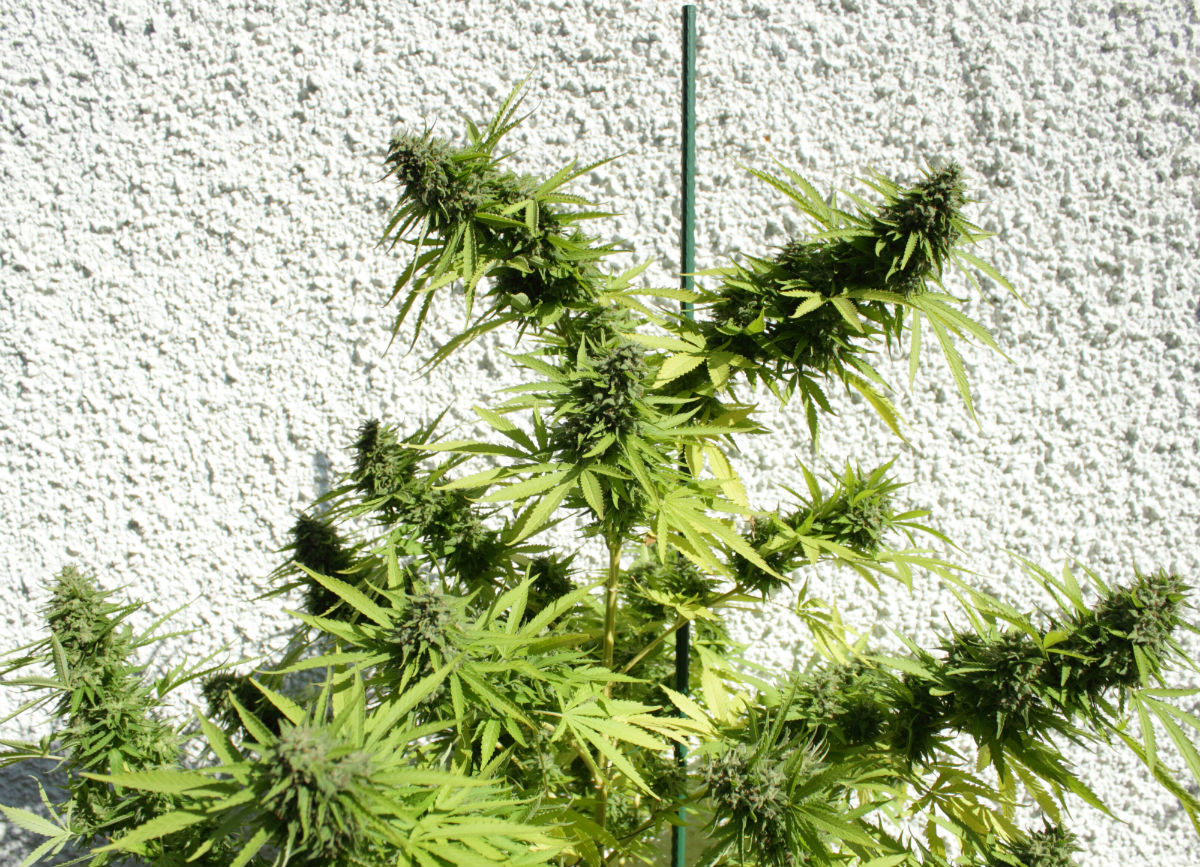
I am a 62-year-old cannabis home grower who lives in a town near Toledo, Spain. I've been growing cannabis since 2000, when I decided to gradually switch from conventional medicine to marijuana. My methods are somewhat amateur, but thanks to my growing interest in the plant, I've achieved some really good results throughout these years, with just one plant loss. As my aim is to ease problems like insomnia, chronic pain and anxiety, I've always opted for relaxing, medical strains, mostly indicas, as well as some slightly sativa-leaning hybrids, always avoiding euphoric plants.
Growing conditions
I grow three to four plants per year, which I germinate during the outdoor growing season, from mid-May to mid-October, that is, five growing months including the summer break. I use a soil mix consisting of 50% soil and 50% vermicompost, perlite and coco fibre in equal proportion, as well as a volcanic gravel bedding to ensure proper drainage. As my backyard is south facing, the plants receive a lot of hours of direct sunlight, so I have to take precautions like creating shaded areas, mist-spraying the leaves to keep the plants cool and never neglecting watering. Also, I use a double pot system - I place the pot with the plant inside a larger pot to create an air gap - with a capacity of at least 25-30 litres, a minimum size of 30-40cm and white finishing.
I fight pests, which luckily are not very virulent, with Neem oil during the growing period and with Bacillus thuringiensis during flowering. I don't use anything else - once I lost a plant to ants, and if a grasshopper sets foot anywhere near the plants, it is my little dog Kif who warns me and chases it away. Fertilisation can be taken care of with a commercial organic product, which I do occasionally, but for a totally organic grow I would only recommend vermicompost for the growing period and guano for the flowering period.
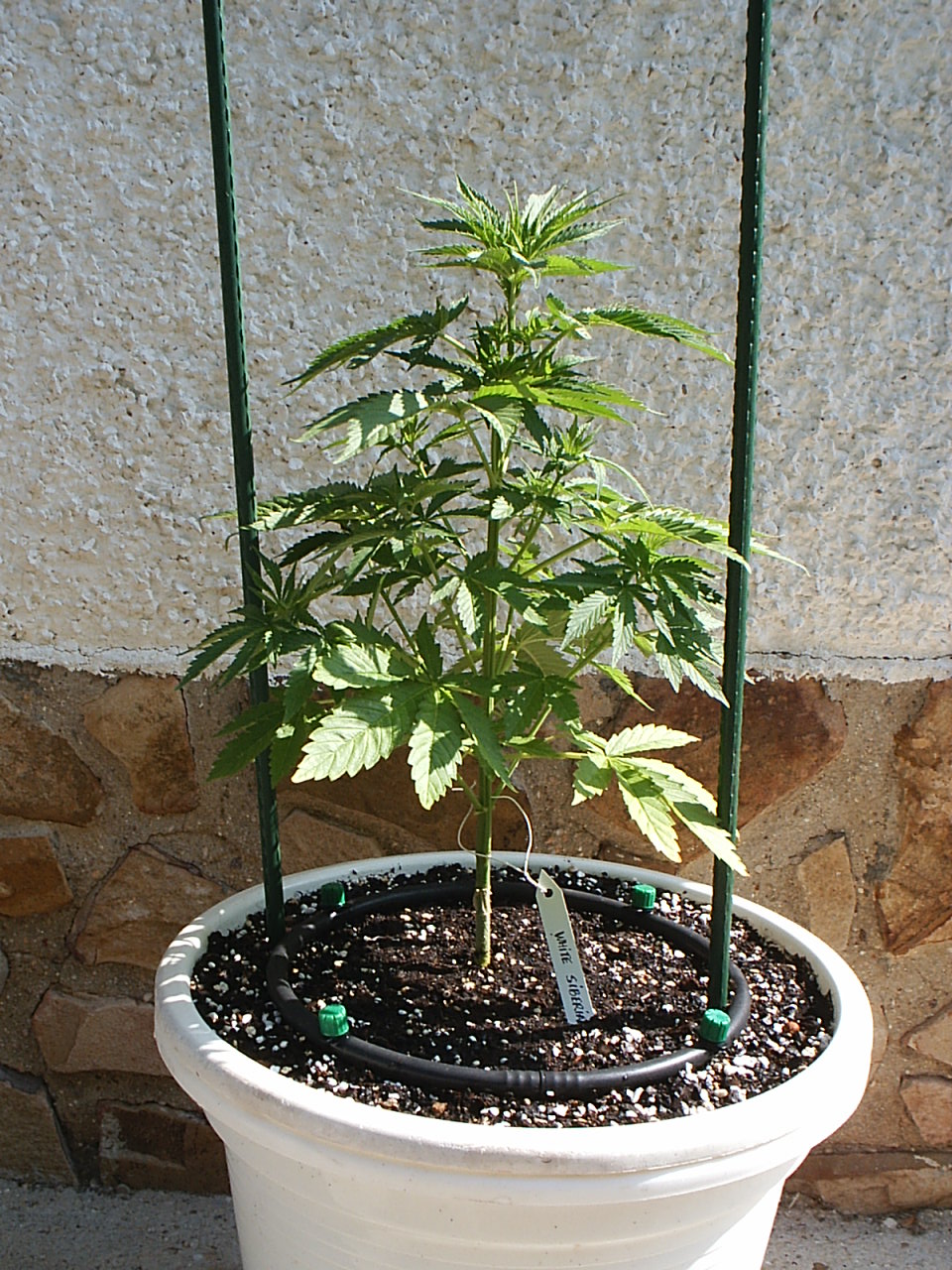
Growing White Siberian
White Siberian by Dinafem Seeds is a White Widow x AK 47 hybrid. Indica-dominant, it stands out as one of the modern strains that best reflects the spirit of the original Widow and its medicinal benefits. The AK-47 parentage adds to the therapeutic effect of the strain while displaying its characteristic aroma.
As soon as the seed sprouts, I can see that White Widow is really vigorous and easy to grow. Compact and diamond-shaped, it produces plenty of branches with short internodes, which contrary to other plants with wider internodal spacing, results in higher yields because it favours bud formation along the full length of the branch.
The leaves, quite abundant, are medium wide - in line with the indica-sativa percentage - and a bit paler than is usual, but still highly resistant to heat and drought. My plant experienced no problem whatsoever during its 156-day life cycle, quite an accomplishment considering that by harvest most of the branches had bowed under the weight of the buds.
White Siberian stands out as one of the modern strains that best reflects the spirit of the original Widow and its medicinal benefits
Germination
I generally start my seeds around 15 May, although the decision ultimately depends on the weather, particularly on night temperatures, which shouldn't drop below 10 ºC. I soak the seeds in water for 24 hours - I adjust the pH to 6-6.5 , the same value I use for watering - and then I transfer them to a damp paper towel, where they usually germinate within 24-48 hours.
I plant each of the seedlings pointy side down in a plastic cup, to a depth of no more than 0.5cm. I pierce the bottom of the cups to allow drainage, water gently and keep them in a warm place for about another 48 hours, by which time the first cotyledons emerge. I wait some days for the plants to settle in and repot them in tall, 4-litre pots, which I fill with light soil to encourage root growth.
The plants are fragile during the first days of life, so I make sure they get the exact amount of water and sunlight they need and I protect them from insects and birds. I don't use fertilisers, but I add natural biostimulants to the irrigation water from time to time.
Growing period and second transplant
Plants grow fast during this phase, and so they need to be fertilised. Generally, I use a nitrogen-rich organic product at a frequency determined by factors like the overall appearance of the plant, the manufacturer's instructions and the weather conditions.
In late June/early July, I transfer the plant to its final pot. I make the necessary arrangements beforehand and work early in the morning or late in the afternoon to avoid direct sunlight and heat. Repotting is not particularly difficult, but care must be exercised to avoid damaging the root system and ensure it settles in well to the new pot. Once I'm done, I keep the plant in semi-shade for a few days - during which I avoid fertilisers - and as soon as transplant stress is over, it starts to grow by the second.
At this point, I usually prune or pinch the tips of the stem and upper branches to encourage bud formation.
Flowering
Flowers have been sprouting all over the plant for a few weeks, and are now developing into thick, resinous buds. At this point, if not earlier, it's time to stop feeding nitrogen and switch to a bloom product that is rich in phosphorus and potassium.
Prior to the fertiliser change, it is desirable to rinse the roots with abundant water or to add a root cleaning product to the irrigation water. Cutting down on nitrogen will result in gradual leaf yellowing. This will be particularly obvious on oldest leaves, although the entire plant will be affected.
This, however, is exactly the desired effect, as when nitrogen levels go down, the plant loses most of its chlorophyll and becomes much more palatable, a process that, come harvest, is complemented through drying and curing.
Harvest time
Besides the overall appearance of the plant and the weather conditions, I look at two aspects before harvesting: the amount of brown pistils in the flowers - the more it has, the riper the plant is - and the colour of the glands, which evolve from transparent to white and to amber as they ripe. This I examine with a magnifying glass.
Knowing this allows you to harvest based on ripeness - less ripe plants are more psychoactive and not as physical, while riper plants have the opposite effect. As a rule, recreational growers harvest earlier than medical growers, who wait until the plant is ripe enough to be relaxing and analgesic. Similarly, psychoactive strains with sativa-leaning effects become more sedative after a long curing process.
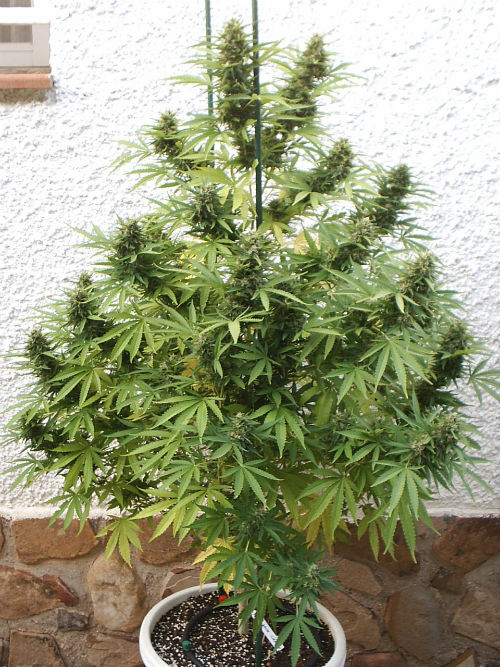
I water at increasingly longer intervals for a few days and fertilise for the last time on 30 September. The next step is to re-rinse the roots until the water runs clear of manure.
Effect
As soon as I taste White Siberian, my mouth starts to feel dry, so I make myself some rooibos and keep a cup handy - an extra source of vitamins and mineral salts that my body will certainly appreciate. Then come the psychoactive effects, mild at first but gradually stronger, heady but not incapacitating, numbing but not mind clouding.
I also feel a pleasant tingling all over the body that gradually evolves into heaviness, plunging me into a dream state that becomes increasingly relaxing and mesmerising. I feel sluggish and light at the same time, a pleasant sense of well-being that makes my breathing deeper, easing my body into a state of total relaxation.
In this state, the pain and worries start to fade away. Of course, they don't disappear completely, but they definitely look less serious. Plus, the effect is mood-boosting and laughter-inducing - which helps too - and heightens my senses allowing me to enjoy everything to the fullest: the flavours, the smells, the audio-visual stimuli… Basically the activities in which you normally take a passive role. It also makes me voraciously hungry, so I recommend having some quinoa or spelt biscuits at hand to deal with hunger pangs between meals.
Personally, I like to have my tea about half an hour before lunch. This way the effect kicks in when I'm relaxing in the sofa and lasts all afternoon, sometimes even lingering all evening.
CONCLUSION
Over the years I've realised that growing cannabis is a therapy in itself, and White Siberian is one of those rewarding plants that do well in every phase, allowing you to really enjoy the growing experience. Resistant to heat and drought, my plant has not been affected by nutrient deficiencies, diseases or pests.
Vigorous and compact, it barely reached 1.20 metres in height with the pinching, and still produced a more than decent yield: 255 grams of trimmed, dry bud, when my all-time record with bigger plants and the same growing conditions is just over 300 grams. The aroma is intensely fruity and sweet, and the flavour is mellow when infused. White Siberian is a night strain - sedative, very physical and mildly yet increasingly psychoactive, perfect for relaxing and reaching a state of happiness with no room for pain or worries. Obviously, you cannot expect cannabis to restore your health and well-being completely, but strains like this help take the edge off.



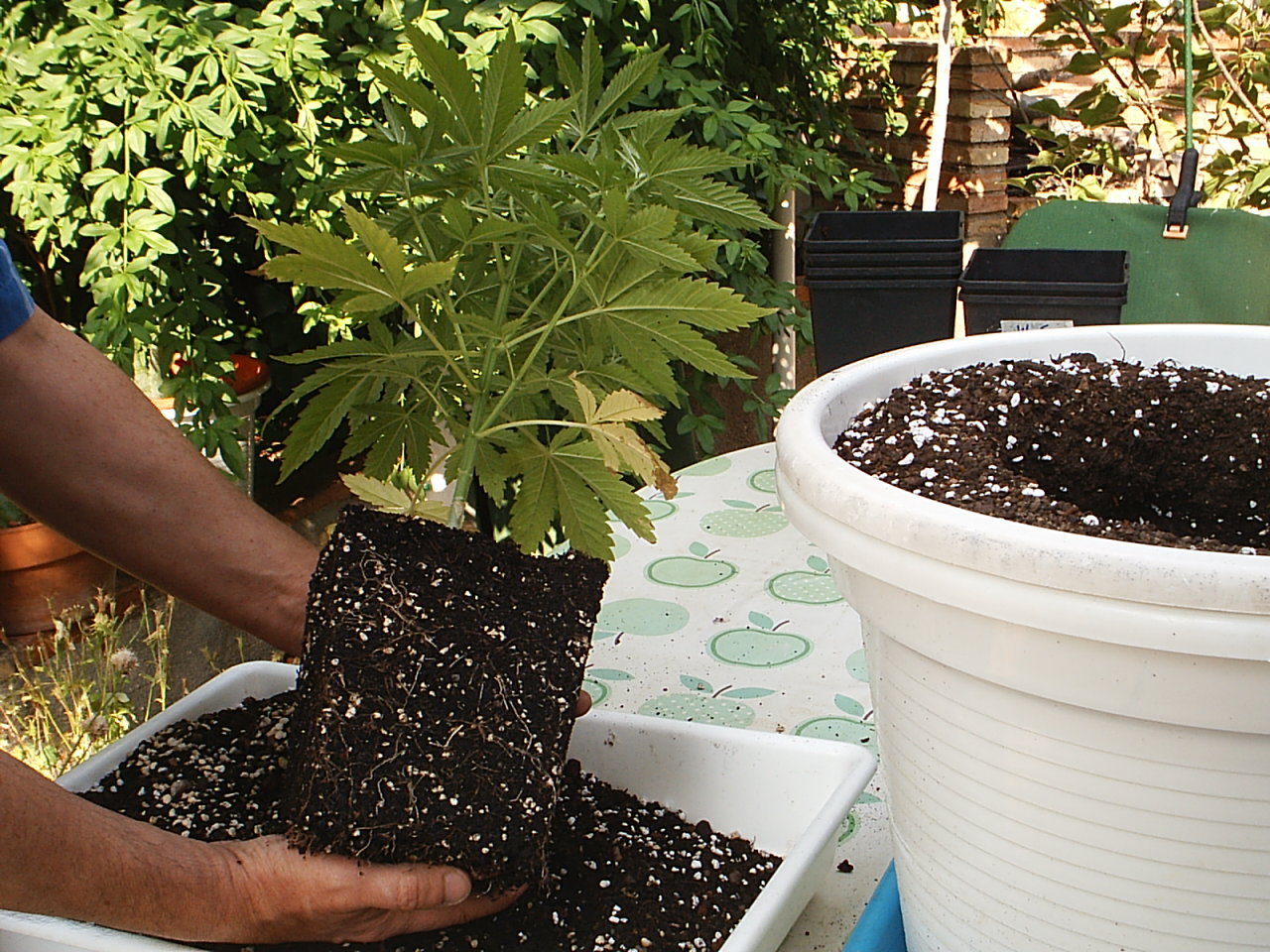
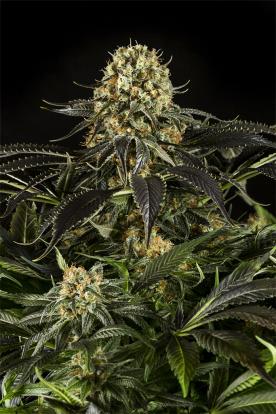
Comments from our readers
Read comments in other languages:
Did you like this post?
Your opinion about our seeds is very important to us and can help other users a lot (your email address won't be made public).